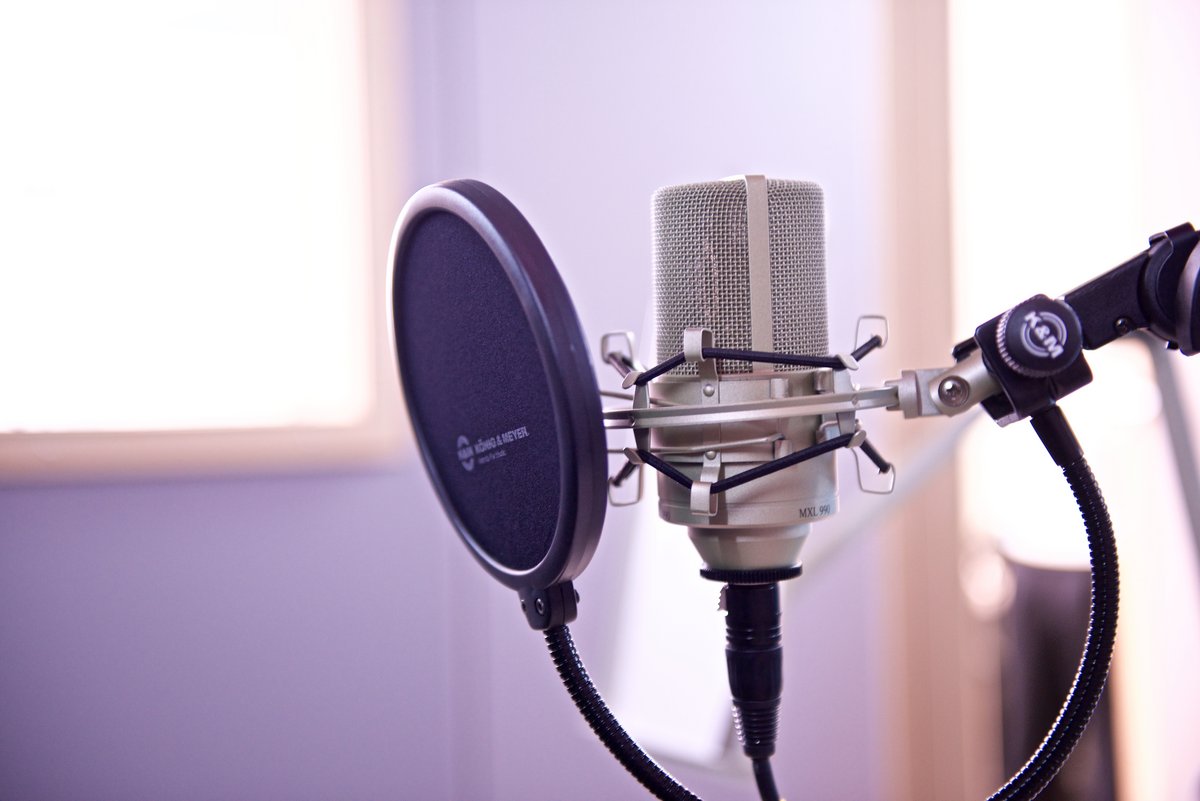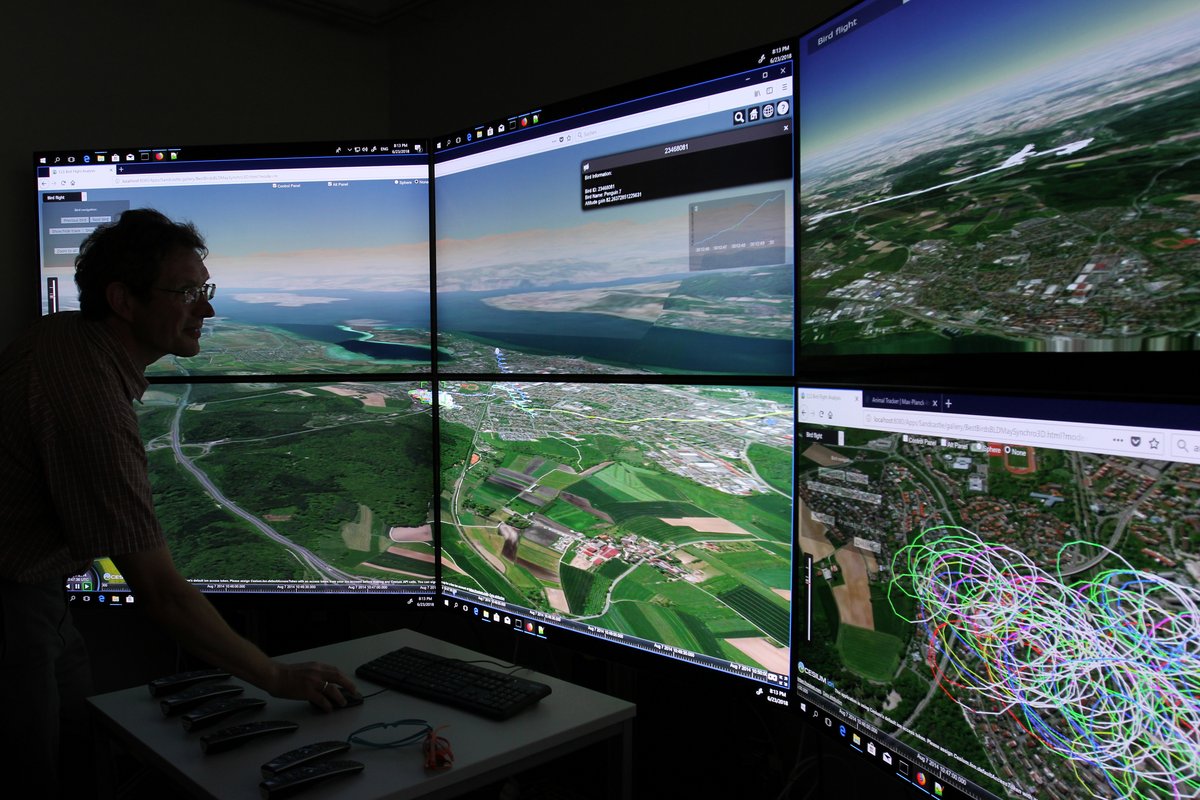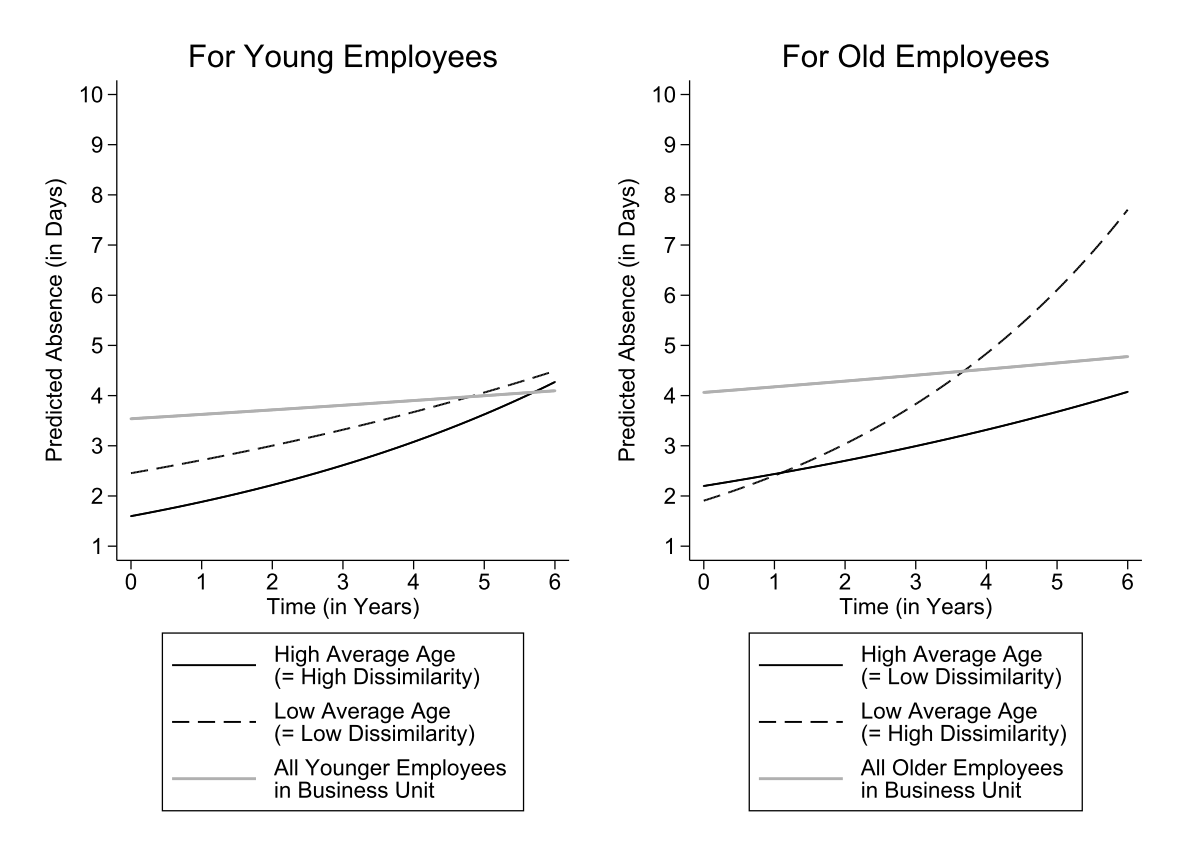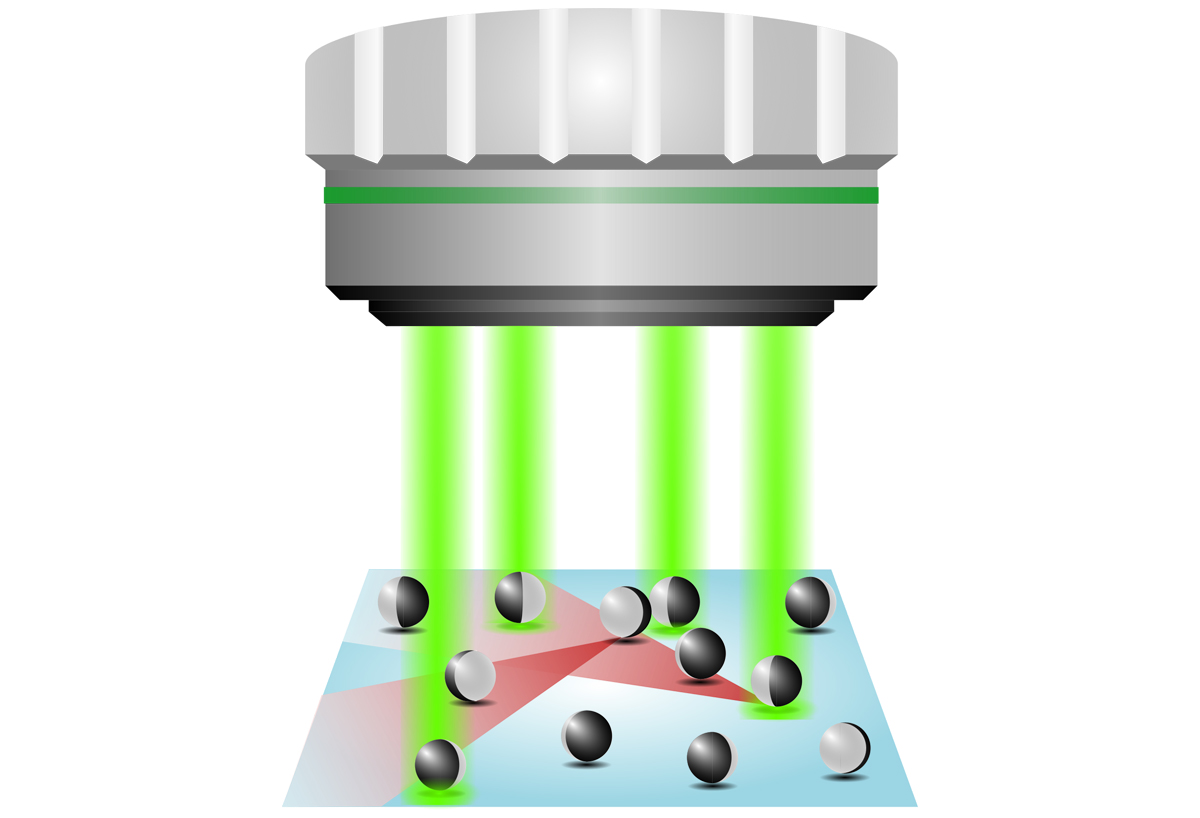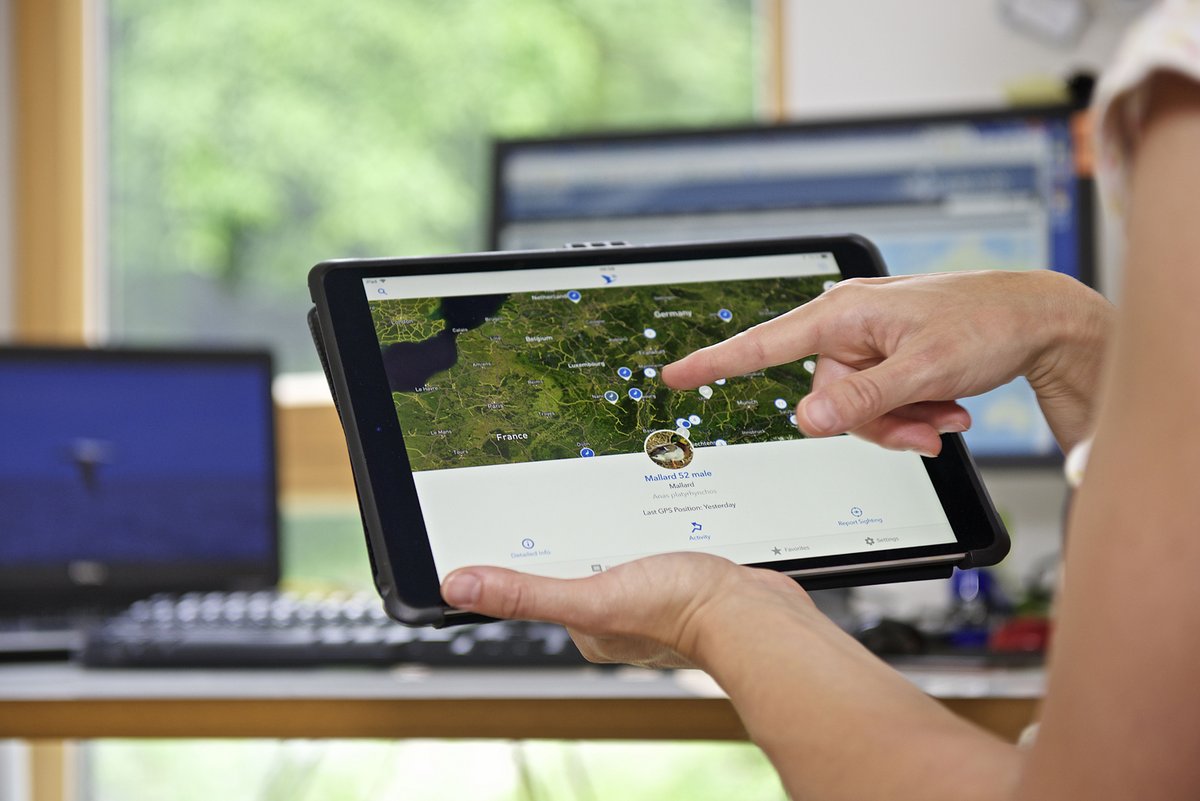
ICARUS has been switched on: Testing has started
The animal observation system ICARUS on the International Space Station (ISS) with participation of the University of Konstanz entered its test phase today, 10 July 2019 – Ministry of Science, Research and the Arts (MWK) of Baden-Württemberg supports the further development of the Movebank database for the tracking of animal movement
Read more
